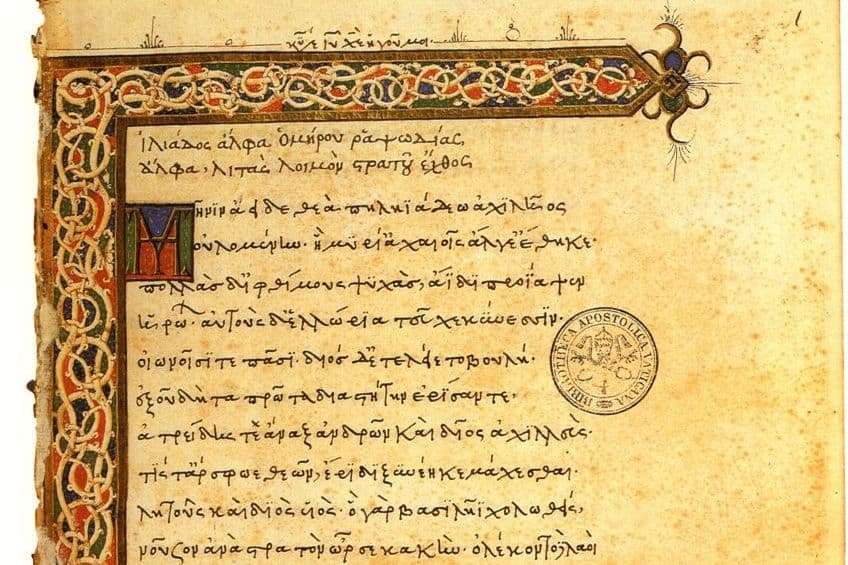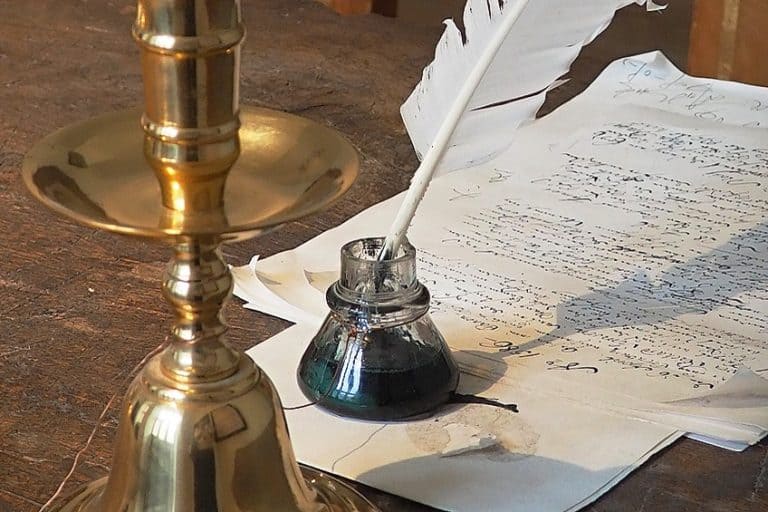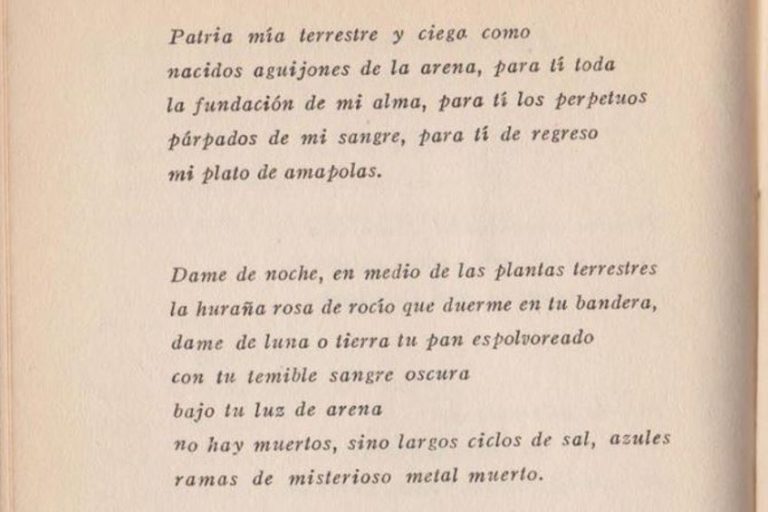Caesura in Poetry – How to Create an Effective Poetic Pause
Sometimes a poetic device has a nice and complicated name yet is something immensely simplistic. This is the case with caesura in poetry. This concept is definitely far less complicated than the name would suggest! Sadly, text can make it harder to show sarcasm. That is why the rest of this article will explain and explore caesura in poetry to show how simple it is. We will have a look at some of its characteristics and uses, the different types of caesura in poetry, its relationship to enjambment, and a number of examples of caesura. This article is there for those who’d be interested in gaining some knowledge about this concept. If this sounds like you, keep reading!
A Look at Caesura in Poetry
The concept of the caesura in poetry is a very simple one. This concept refers to a pause, and this break in the flow is found within a line of poetry. So, this does not mean a pause at the end of a line, but somewhere inside it. This can often be shown within a poem through the use of a grammatical symbol. For instance, a period or question mark inside a line will force you to pause for a moment because we all know that the end of a sentence marks a brief pause before we move on to the next sentence.

The concept is very simple and easy to understand, but we are going to go into the different ways that it can be done today. We’ll have a look at the different types and how it is used. However, before that, let’s peruse a few summary points about this topic.
Summary of Caesura in Poetry
Sometimes, we need a quick and easy summarization of things rather than wanting to read some overlong article. So, that’s what this little section is right below. This should give a good general overview, but it is worth reading further if you wish to learn some more:
- Caesura in poetry refers to a pause. This is a very simple concept that refers to the way that a poem sometimes has a break within a line. For instance, there could be a new sentence or an exclamation. There are many different ways that a pause might be found within a line of poetry.
- Caesura in poetry has different classifications. There are a number of different types of caesura in poetry, such as initial, remedial, and terminal caesura. These refer to caesura used near the beginning, middle, and end of a line, respectively. Caesura in poetry can be found in any type of poetry.
- Caesura in poetry is closely associated with enjambment. Seeing as the concept of caesura in poetry refers to a pause within a line, this can often be seen as a way of facilitating enjambment. This concept refers to a line that runs into the next, and if a line in a poem has a break because it has come to the end of a sentence, then that break would be caesura in service to enjambment.
With this final point in our summary, we can move on to the rest of the article for those who are interested. We are going to explore the concept of caesura in poetry in far more depth to provide some answers to questions such as: “What is caesura in poetry?”.
So, if you too wish to know some more, keep reading.
The Characteristics of Caesura in Poetry
We have already explored that the caesura in poetry is a type of pause within a poem, and the way in which this pause is used can differ from one poem to the next. Does it interrupt or add to the flow that has been produced by the poem’s metrical structure? This can change the way the caesura is presented. Where is the caesura placed within the poem in question? Does it aid in the emphasis of something in the poem? There are so many possible variables for the use of a pause within a poem that boiling it down to an abstract will be difficult. However, we later have a look at several examples of caesura in poetry, and that will give a more practical explanation of how this particular device can be used in poetry.
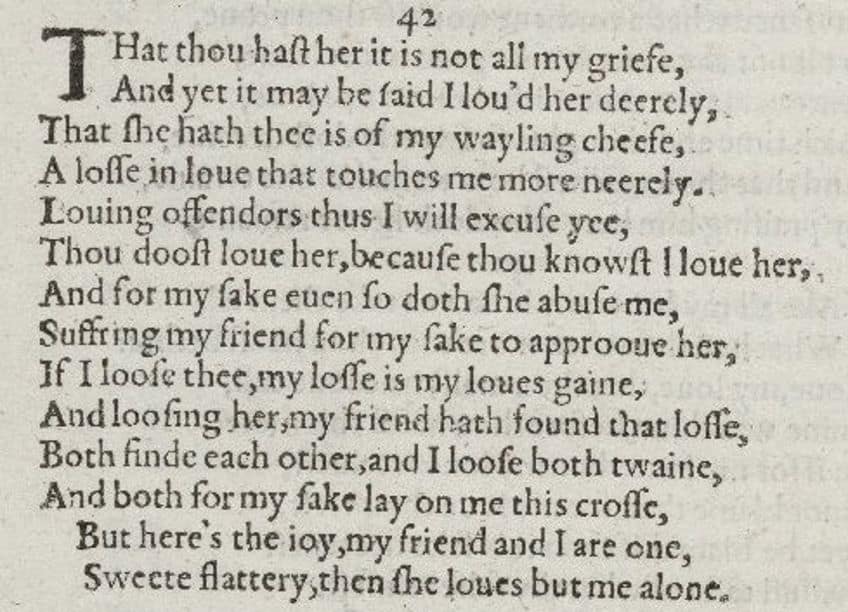
The Different Types of Caesurae in Poetry
There are three main types of caesurae in poetry. These types are based on where in the line the instance of caesura can be found. So, an initial caesura is located near the beginning of a line. This can be used to create some kind of an unexpected opening. A medial caesura, on the other hand, is somewhere in the middle and is the most common type that is found. The terminal caesura is the last of the primary categories and it refers to a caesura that is used near the end of a line, and this can create some sense of suspense or anticipation.
There have also been other proposed types of caesurae, such as a feminine caesura that entails a softer break after an unstressed syllable.
A masculine caesura, on the other hand, is the opposite and provides a sharper contrast in which said caesura follows a stressed syllable. These terms are quite interesting in their implications. You can see from these different types of caesura in poetry that different examples of caesura will use this device for different reasons from one another. The uses of the caesura in poetry are connected to where it is used and why it is used. It will produce different effects based on how it has been used.

The Relationship Between Caesura and Enjambment in Poetry
The caesura and enjambment devices operate side by side. The reason for this is because the caesura is the term used to describe some kind of a break in the middle of a line of poetry, and enjambment refers to lines that run from one to the next. So, a line that features enjambment would, for instance, be a sentence that does not conclude at the end of the line and instead moves into the next line. If that sentence ends in the middle of that next line, it requires a caesura to do it.
This shows how these two aspects of poetry work with one another to produce similar effects.
Examples of Caesura
When it comes to a concept like caesura in poetry, it is generally best to have a look at a number of examples. These examples of caesura should aid us in answering the question: “What is caesura in poetry?”. If you too wish to see how exactly this concept can be used in poetry, let’s have a look at these examples.
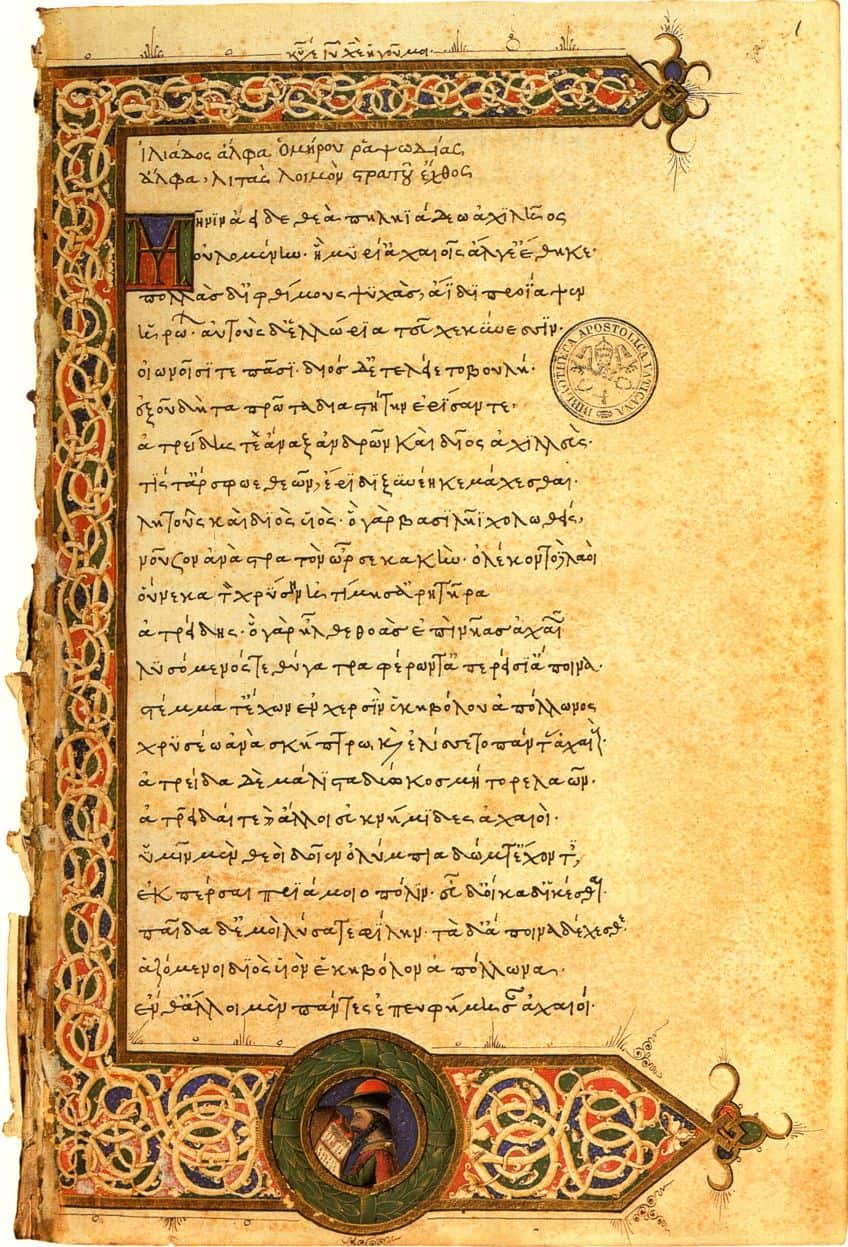
The Raven (1845) by Edgar Allan Poe
| Date Published | 1845 |
| Type of Poem | Narrative poem |
| Rhyme Scheme | ABCBBB |
| Meter | Trochaic octameter |
| Topic | Grief and loss |
The Raven is a poem that features many instances of caesura. For instance, the very first line, which is an immensely famous line, opens with “Once upon a midnight dreary”, and then there is a short break because of a comma while it continues with “while I pondered”. The comma serves to separate these two thoughts from one another.
This allows it to flow more like ordinary language than it may have otherwise.

Dover Beach (1867) by Matthew Arnold
| Date Published | 1867 |
| Type of Poem | Lyric poem |
| Rhyme Scheme | Irregular |
| Meter | Variable |
| Topic | Uncertainty |
Dover Beach is a poem that makes metaphorical use of the sea. In this case, there is a section in which it states that “Upon the straits; on the French coast the light/Gleans and is gone”. It is very clear that this semi-colon that has been used after the word “straits” forces a break in the flow of the poem.
It interrupts the narrative presentation of the poem to provide us with some description of the image of the light.

Because I could not stop for Death (1890) by Emily Dickinson
| Date Published | 1890 |
| Type of Poem | Lyric poem |
| Rhyme Scheme | Loose ABCB |
| Meter | Alternating |
| Topic | Death |
Because I could not stop for Death is a poem with strong use of enjambment and caesura. In this case, the examples of caesura in the poem can be found in many parts of the poem, but the second stanza makes use of the phrase: “We drove slowly – he knew no haste”. This shows, through the use of a dash, that the explanation for the slowness of the drive has been explained by the disposition of the driver.
This use of caesura reads naturally, and it allows us to transition from one section to the next.

The Road Not Taken (1915) by Robert Frost
| Date Published | 1915 |
| Type of Poem | Narrative poem |
| Rhyme Scheme | ABAAB |
| Meter | Irregular iambic tetrameter |
| Topic | Choices |
The Road Not Taken is an incredibly famous poem. It is all about choices, and on the third line, there is an example of caesura. It states that “be one traveler, long I stood/And looked down”. The comma separates the idea of being a traveler from the action of looking down the different paths that the poem presents to us.
This is a simple way that we can use the caesura in poetry.
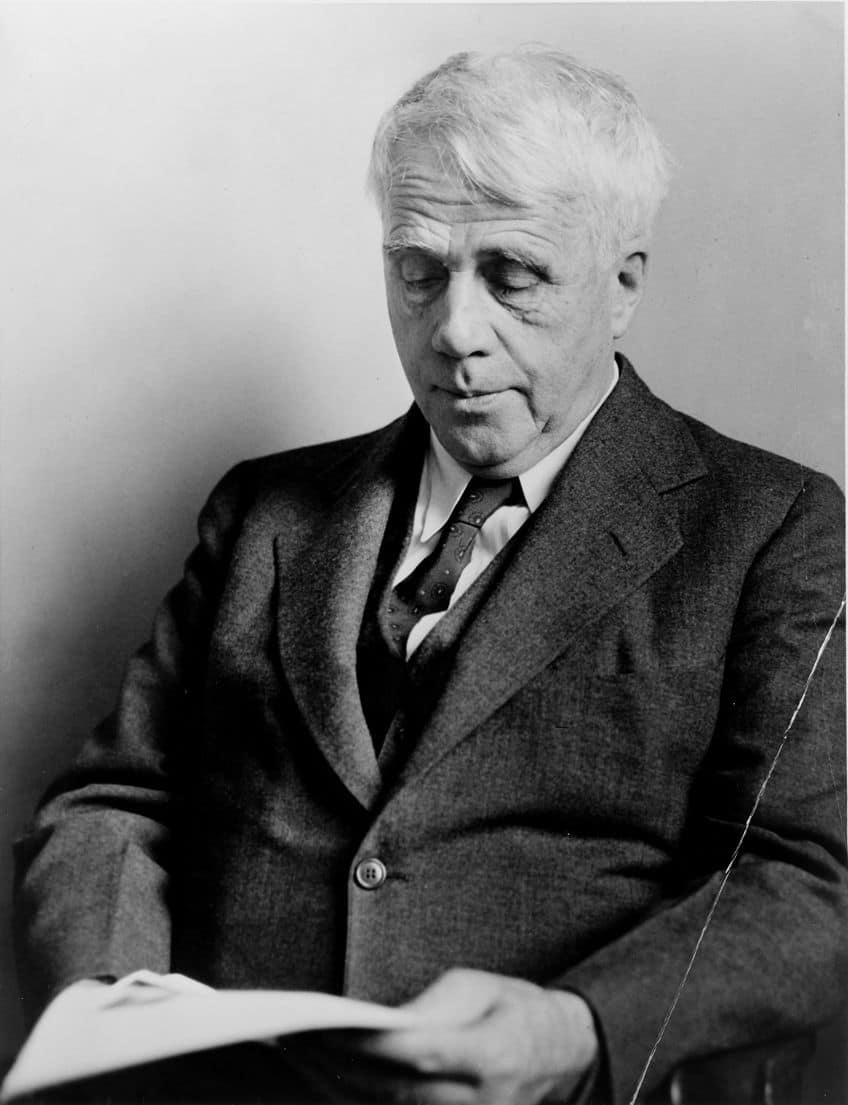
Still I Rise (1978) by Maya Angelou
| Date Published | 1978 |
| Type of Poem | Lyric poem |
| Rhyme Scheme | Mostly ABCB |
| Meter | Trochaic tetrameter |
| Topic | Self-respect, confidence, and the African American experience |
Still I Rise is a poem that makes some use of caesura within it. For instance, one of the repeated “I rise” sections states that: “But still, like dust, I’ll rise”. This is a perfect example of an inserted phrase. The line could have read as: “but still, I’ll rise”, and this would not have been as much of a pause. However, by adding that simile, it allows the meaning of the repetitive expression of “I rise” that is found within the poem to be even more meaningful.

Today, we have investigated the concept of caesura in poetry. We have had a look at a definition of the concept, its characteristics, the different types of caesura in poetry, the uses of this poetic technique, the relationship between caesura and enjambment, and a few examples of caesura. Hopefully, this has given you a good overview of the concept and the ways in which it can be used in poetry. So, the next time you’re giving a poem a good read, watch out for how and why it makes use of caesura!
Frequently Asked Questions
What Is Caesura in Poetry?
This is a term that is used to refer to some kind of pause in a line in a poem. This allows a break of sorts, and is generally signified through the use of a grammatical symbol of some kind. For instance, a period forces you to stop and take a breather, even if it is halfway through a line.
What Are the Characteristics of Caesura in Poetry?
The primary characteristics of the caesura in poetry have to do with where it is used. It can be placed anywhere within a line, but it cannot be at the very end of a line. This means that it is a kind of technique that breaks the flow, to a degree, of the reading of a poem. This can be used for rhythmic reasons, or to have some kind of an emphasis.
Why Do Writers Use Caesura in Poetry?
The use of caesura in poetry exists for many different reasons. For instance, it can be used to emphasize words, create variation, add natural or unnatural breaks, and so on. There are many reasons a poet might make use of this technique in poetry.
What Are the Different Types of Caesura in Poetry?
There are different types of caesura in poetry. For instance, initial caesura refers to a pause near the beginning of a line, while medial and terminal caesura refer to the middle and end of a line. There are also types of caesura in poetry that have been classified as feminine and masculine.
What Are Some Famous Examples of Caesura in Poetry?
Many poems, often those that include enjambment, have used caesura in poetry, such as The Raven (1845) by Edgar Allan Poe, Because I could not stop for Death (1890) by Emily Dickinson, and Still I Rise (1978) by Maya Angelou. However, this is a very common poetic device, and so there are many other poems that have also used it.
Justin van Huyssteen is a freelance writer, novelist, and academic originally from Cape Town, South Africa. At present, he has a bachelor’s degree in English and literary theory and an honor’s degree in literary theory. He is currently working towards his master’s degree in literary theory with a focus on animal studies, critical theory, and semiotics within literature. As a novelist and freelancer, he often writes under the pen name L.C. Lupus.
Justin’s preferred literary movements include modern and postmodern literature with literary fiction and genre fiction like sci-fi, post-apocalyptic, and horror being of particular interest. His academia extends to his interest in prose and narratology. He enjoys analyzing a variety of mediums through a literary lens, such as graphic novels, film, and video games.
Justin is working for artincontext.org as an author and content writer since 2022. He is responsible for all blog posts about architecture, literature and poetry.
Learn more about Justin van Huyssteen and the Art in Context Team.
Cite this Article
Justin, van Huyssteen, “Caesura in Poetry – How to Create an Effective Poetic Pause.” Art in Context. January 11, 2024. URL: https://artincontext.org/caesura-in-poetry/
van Huyssteen, J. (2024, 11 January). Caesura in Poetry – How to Create an Effective Poetic Pause. Art in Context. https://artincontext.org/caesura-in-poetry/
van Huyssteen, Justin. “Caesura in Poetry – How to Create an Effective Poetic Pause.” Art in Context, January 11, 2024. https://artincontext.org/caesura-in-poetry/.


